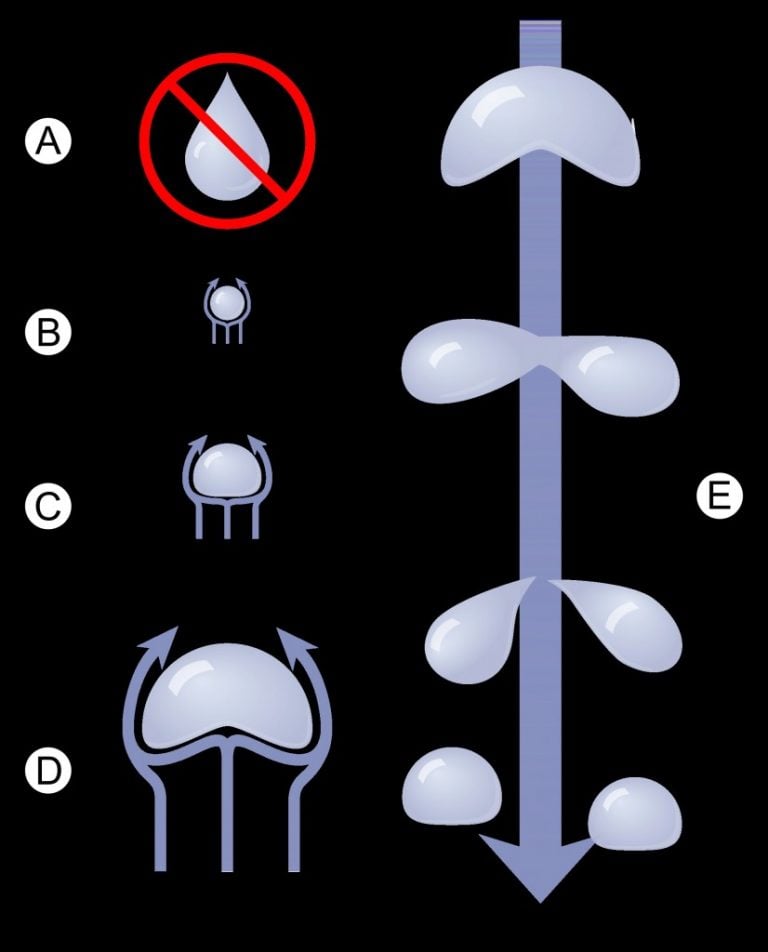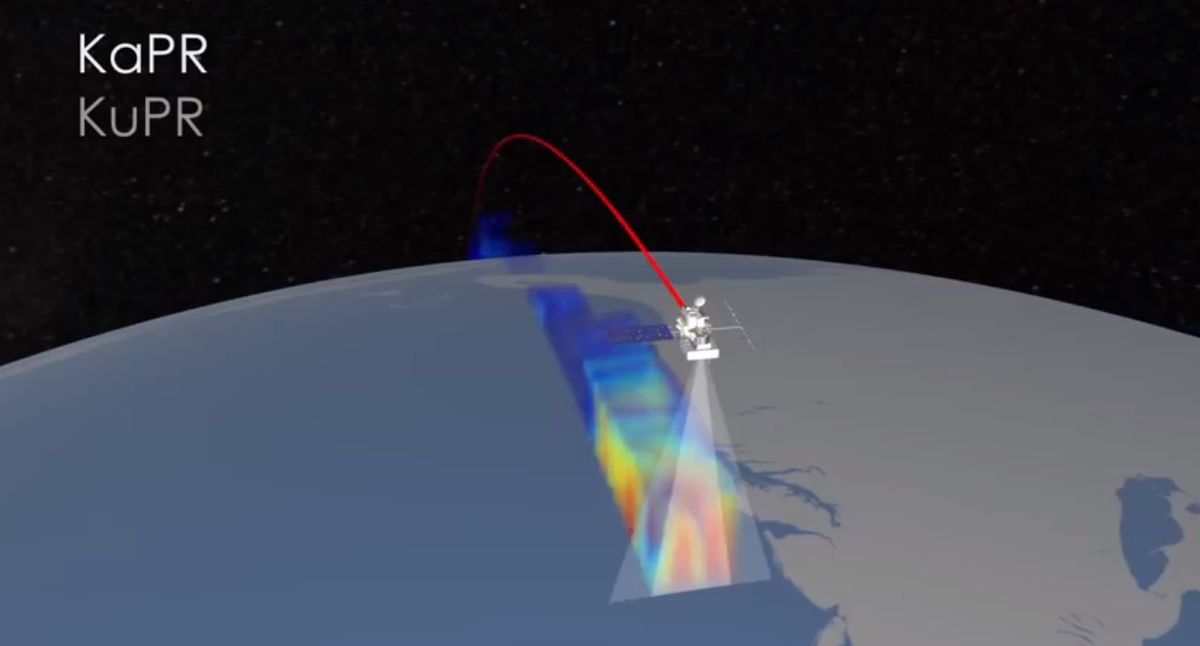

initial differences in particle (condensation nuclei) size.

Raindrops are different sizes for two primary reasons. The smaller drops are the ones that didn't run into as many droplets. The " raindrop" effects and audacious harmonic progressions reminisce to Chopin and Brahms and look ahead to Ravel and Frank Martin. When the drops finally reach the ground, the biggest drops will be the ones that bumped into and coalesced with the most droplets.
#RAINDROP SHAPE DEFINITION MOVIE#
We have heavy rain today and I was looking for a photo of what raindrops really look like (it isn't a "raindrop" shape) check out this movie A Drop is Not a Drip Way up high in the atmosphere, dust and smoke particles suspended in clouds create places where moisture can settle and form into drops. This new video from the Global Precipitation Measurement mission explains why. The Spirit of Place and Other Essays Alice Christiana Thompson Meynell 1884Įssays Alice Christiana Thompson Meynell 1884 Raindrops are actually shaped like the top of a hamburger bun, round on the top and flat on the bottom. The long stroke of the raindrop, which is the drop and its path at once, being our impression of a shower, shows us how certainly our impression is the effect of the lagging, and not of the haste, of our senses. In the proposed CNN, we introduce a dou- ble attention mechanism that concurrently guides the CNN using shape-driven attention and channel re-calibration. Drops that grow larger than 4.5 millimeters (about three-sixteenths of an inch) become distorted into a parachute-shape as they fall, and then eventually they break up into smaller drops. The amount of force exerted by a raindrop is a function of the terminal velocity and mass of the raindrop. Most raindrops are spherical rather than the often depicted teardrop shape and it is this spherical shape that provides the conditions for a rainbow to be. The bigger the raindrop, the faster it falls, and the more it is affected by air pushing against its bottom. Strangelove and The Matrix Reloaded one too many times - meticulously tracks the migration of a single water molecule: from that first dangling raindrop from a Category 5 hurricane all the way to its first contact with the earth, and then through its frothy journey from rivulets to streams to rivers to cataracts to reservoirs to the fountains of Rome. The energy of the falling raindrop is all dissipated as heat, sound and (most of it) kinetic energy into the ground.ĪLTERNATIVE ENERGY: Rain Power | Inhabitat 2008Īnd among all the trillions of electrified pixels, a lone landscape architect - perhaps he's a descendant of Arnold de Ville or Harold N. Raindrops are spherical in shape because Spheres have highest surface area and hence least surface tension Spheres have least surface area and hence least.


 0 kommentar(er)
0 kommentar(er)
